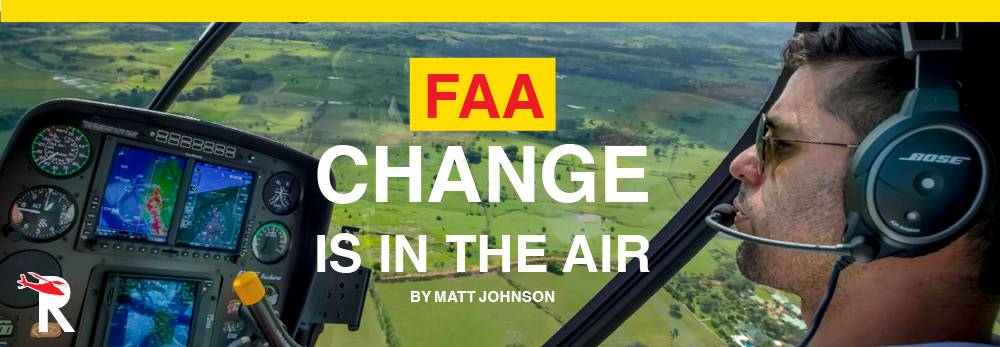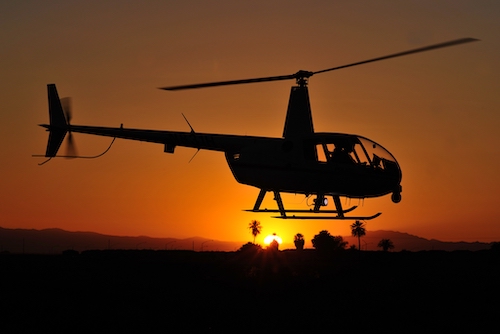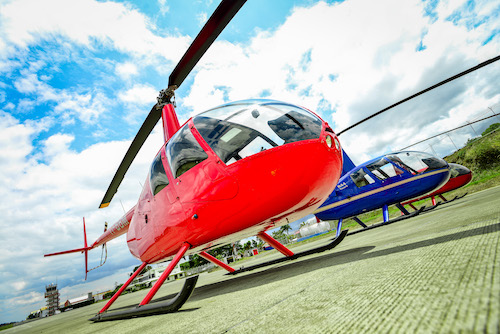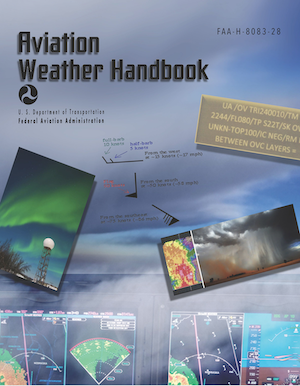|
Mar
13
2023
|
|
Posted 2 years 285 days ago ago by Admin
|
|

What would a new year be without change? After all, with the new year comes new resolutions for many. But, although the local fitness clubs are cashing in on the optimistic hopes for those that may have overindulged on all of the goodies during the holiday season, it is back to the grind for many others. That daily grind includes industry changes that need to be explored.
Some of these changes are now in place and active, and others are on the, perhaps distant, horizon. Regardless, I want to highlight three changes that should be of interest to CFIs and applicants alike.
Out with the old, in with the new?
First up, regards the progress of the FAA’s testing standards with the transition to the “new” Airman Certification Standards (ACS) and away from Practical Test Standards (PTS). For those unfamiliar, the ACS project started in 2011 as a means to improve pilot knowledge testing and practical evaluations. The FAA and industry partners sought a systematic approach that would provide explicit standards for aeronautical knowledge, list specific behaviors for risk management, consolidate overlapping tasks in the PTS, tie the many “special emphasis” items to knowledge and skill tasks, and finally, provide a means to connect the standards for knowledge, risk management, and skills to: the guidance H-series handbooks, knowledge test questions, and to the practical tests.
As many will recall, we have been patiently waiting for the better part of four years for the ACS to make its way into our side of the industry. Finally on 12 December, the FAA published a Notice of Proposed Rulemaking (NPRM) that would bring the ACS to reality. This hiatus of advancement stemmed from a Department of Transportation interpretation from 2018, coupled with a presidential proclamation, that created a legal mess of sorts. The NPRM proposes several amendments, primarily to Part 61, utilizing a legal process known as “Incorporating by Reference” (IBR). In all, 30 different pilot and flight instructor ACSs (and some PTSs still) would be added to the new Part 61.14 in such a way that would make them “legal.”

Our fixed-wing brethren transitioned to the ACS for some of the practical tests in 2017 with the change to their airplane private, instrument, and commercial testing standards. This change came after years of tireless work in improving training, testing, and proficiency standards by the ACS Working Group. I applaud them for their incredible work.
The December NPRM offered the customary 30-day “comment period,” and with the holidays, a mere 21 of those days are “business” days, thus limiting the time to prepare responses by vested parties. Thankfully, folks have already responded (including the ACS Group, who dedicated countless hours to the ACS advancements), asking for the comment period to be extended so the proposed Airman Certification Standards can be reviewed.
It is difficult to guess when the new standards will become “law,” but this may be our year!
31 Months
That’s how long it took for a Letter of Interpretation to be posted after an inquiry was made about section 61.129(c)(3)(i) of the regulations. Specifically, the requester of the interpretation asked whether the five hours of instrument training required for a commercial pilot certificate with a rotorcraft category and helicopter class rating could be accomplished outside of a helicopter, specifically in an aircraft, flight simulator, flight training device, or an aviation training device that does not replicate a helicopter.
The request for legal interpretation was initiated because the language used in 61.129(c)(3)(i) says, in part:
“a person applying for a commercial pilot certificate with a rotorcraft category and helicopter class rating to, in part, obtain at least five hours of training on the control and maneuvering of a helicopter solely by reference to instruments using a view-limiting device including attitude instrument flying, partial panel skills, recovery from unusual flight attitudes, and intercepting and tracking navigational systems.”
For most, this section is nearly crystal clear. However, it is the second statement in this section that has cost a lot of consternation. It reads, “this training may be performed in an aircraft, full flight simulator, flight training device, or an aviation training device.”. That “aircraft” word created a substantial amount of questions, confusion, and candidly some anger.

That led to the first legal interpretation, the infamous “Theriault Interpretation.” In July of 2011, the FAA Office of Chief Counsel sent a Legal Interpretation to an individual (Theriault) that stated:
“Yes, the five hours of aeronautical experience for meeting instrument requirements for a commercial pilot certificate may be accomplished outside of a helicopter, in an aircraft, flight simulator, flight training device, or an aviation training device.”
This resulted in many commercial helicopter applicants obtaining their “five hours of instrument time” in an airplane in order to meet the 61.129 requirements, and this was very unfortunate. That wasn’t the intent of the regulation when it was published in 2009. My predecessor to my regular “Checkride” column (Page 80) was the chairperson of the Training Working Group committee that provided input for that regulatory change. The intent was certainly not for individuals to obtain five hours of instrument time in an airplane.
Fast forward to this newly released legal interpretation. The Office of Chief Counsel stated that the previous interpretation was incorrect: “Thus, in light of this finding, the FAA hereby rescinds the Theriault interpretation.” The letter further states:
“To summarize, if training performed pursuant to § 61.129(c)(3)(i) occurs in a helicopter, or with a device or simulator that replicates a helicopter, that training may count towards the five hours of instrument aeronautical experience required under § 61.129(c)(3)(i). However, instrument training performed outside of a helicopter and without a flight simulator, flight training device, or aviation training device that replicates a helicopter cannot count towards the five hours of instrument aeronautical experience that is required under § 61.129(c)(3)(i).”
Kudos to the Office of Chief Counsel; they got it right!
Weather Geeks Jump for Joy
I am a card-carrying weather geek, so Christmas came early for my fellow aviation weather enthusiasts and me. On 22 December, the FAA released the “Aviation Weather Handbook” with the official handbook designation of FAA-H-8083-28. The handbook is more than 500 pages and now combines the FAA’s previous go-to “Aviation Weather” Advisory Circular (AC-00-6) and their “Aviation Weather Services” Advisory Circular (AC-00-45). In addition, the new handbook also combines previous advisory circulars that covered thunderstorms, clear air turbulence, windshear, and hazardous mountain winds.

While Chapter 20 of the handbook is dedicated to icing, it appears that Advisory Circular 91-74B, the “Pilot Guide: Flight in Icing Conditions,” was not incorporated into the new manual. Instead, a reference is made in the handbook to consult this specific AC for more information on icing. Hopefully, a future revision will incorporate all of the information found in AC 91-74B. I suspect a revision will be needed sooner rather than later, considering the new aviationweather.gov platform is being rolled out soon, and it has a much different— and better—look and feel to it.
Now that we are up-to-date, we can get to the gym and work on shedding our holiday pounds!
READ MORE ROTOR PRO JAN/FEB ISSUE
READ MORE ROTOR PRO: https://justhelicopters.com/Magazine
WATCH ROTOR PRO YOUTUBE CHANNEL: https://buff.ly/3Md0T3y
You can also find us on
Instagram - https://www.instagram.com/rotorpro1
Facebook - https://www.facebook.com/rotorpro1
Twitter - https://twitter.com/justhelicopters
LinkedIn - https://www.linkedin.com/company/rotorpro1